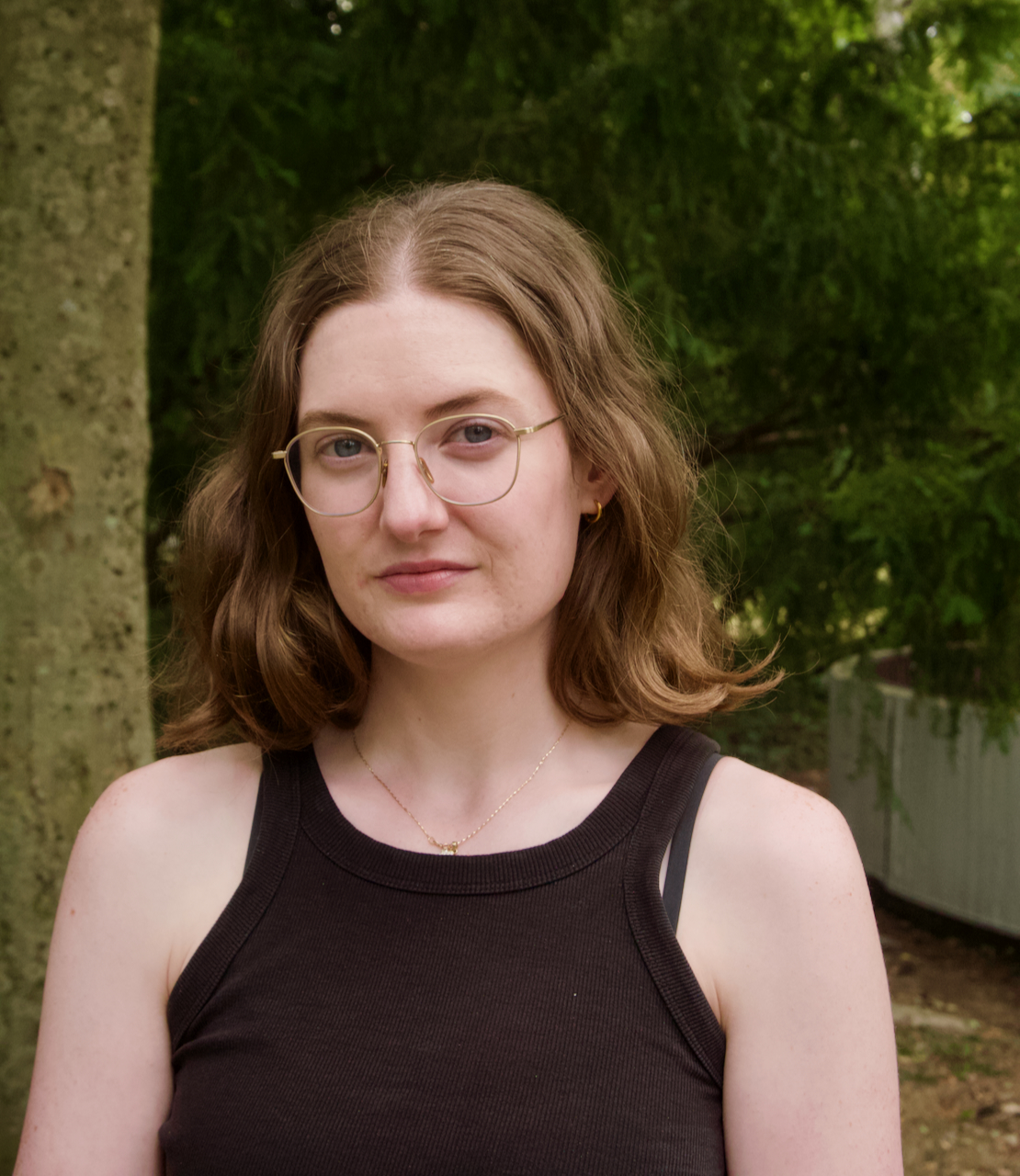What is Pharos?
Pharos is the Dutch national centre of expertise on health disparities. Our experience focuses on the sustainable improvement of the quality, effectiveness and accessibility of care and prevention for people with limited health literacy, non-western migrants and refugees. Our main goal is to reduce the existing health disparities between different groups of people.
The work of Pharos takes shape within a number of programmes and themes. Our expertise focuses on the entire health care system and on all areas that are important for health. There are about 65 employees working for Pharos and we are based in Utrecht.
Can you describe your collaboration with WdKA and how did it start?
Our collaboration with WdKA is all about trying to reduce the impact tobacco has on people with a low income. Smoking is a huge factor in health inequalities. This is because low-income groups smoke significantly more and because the existing health care system does not optimally reach and support them. It all started with Marieke Helmus who is an addiction doctor but also a creative filmmaker with a network in the fields of social design. She inspired Pharos to become involved.

Design to Quit, Smoking and the Health Gap
The amount of smokers in the Netherlands is decreasing rapidly. Trimbos determined that in 2016, 24.1% of the Dutch population smoked, whereas in 2017 this amount has dropped to 23.1%. Even though this decrease indicates a positive development, there is one important point of consideration: progress is mainly achieved among the higher socio-economic classes. In the meantime, people with a lower socio-economic background are often still struggling to quit; the health gap is growing.
According to Pharos, the Dutch centre of expertise in health disparities, this is due to the fact that the lower socio-economic classes are harder to reach and have different needs than the higher socio-economic classes. This is where Willem de Kooning Academy came in. 27 students of the Product Design department accepted Pharos’ challenge to broaden the scope of quitting strategies. Together we strive towards a smoke-free society!
Could you name the most fantastic aspect of the collaboration and the most frustrating one?
The most fantastic aspect is the diversity and practicality of the ideas the students came up with, culminating in the very exciting exhibition at the Dutch Design Week in October 2018. In a very short period of time, all students came up with very different approaches and products, ranging from sports clothes that make you feel run out of breath to prevent kids starting to smoke, to vibrations that help you relax or products that provide new rituals for the hands. The most frustrating one must be that – even though the students were aware it was the most important aspect - only one student actually did research the target group. A part of the group tried to invent solutions for example for families or for special groups, but they did not check within those groups what caused the inability to quit smoking or if the chosen design would appeal or have any effect. During the Dutch Design Week, there was a lot of interest for the exhibition, which is great. Also, in the field of care people were really curious about the products the students had designed. But these were all highbrow worlds. Still the most important is if the target group connects to the design.
WdKA students, what are they like?
Smart, curious, hardworking and dedicated. Most of them are also a little bit too much in the comfort of their own interests. It was difficult for them to understand the complexity and the multiple problems the target group deals with in daily life. That was a hard part of the assignment and a real challenge. But it all starts with engaging and having a conversation. We realise there was little time to do that, but it would have had a positive influence on pre-existing ideas and assumptions that might have changed the different outcomes.
What did you gain from this collaboration?
We learned that the students might need more assistance and focus to research the target group and even collaborate with it during the design process. Our first gain is finding out that a centre of expertise can experiment and work together with bright minds outside the healthcare field. As far as the Pharos team is concerned, it was a very inspiring collaboration, showing the importance of looking from different angles and professions at a complex problem. Secondly, we found out that in our existing way of working together with target groups we already have a sort of design approach without framing it that way! That was an eye-opener.
… and the students, in your opinion?
We think the students have gained an insight that quite a lot of the people in the Netherlands live their lives differently than they do. That people make different choices and have fewer chances to live a healthy life. They learned a lot about the aspects of smoking addictions and the enormous influence smoking has on the health, psyche and social position of people. Maybe the collaboration made them a bit more conscious that it is also important to design for groups of people that are not top of mind by default, people who are outside their own social circle. And that product designers can create solutions for complex social problems, like smoking addiction.
Are you planning to adopt some of the suggested solutions in your quit smoking campaigns?
There was interest to show the exhibition at LUMC. But unfortunately, it was not possible to build the exhibition again. There is interest from Amsterdam researchers to adopt some of the projects. If the students research before, during and after designing on the target group, Pharos would be really interested to adopt one or more designs. Pharos is interested in products that have the possibility to be further developed and help people from lower income groups to quit smoking.
What is the role of the designer in the modern world, in your opinion?
Designers can help to form policies and measurements into sustainable interventions. They can join elements of communication, product development and the environment and thus help to find ways to implement policies and interventions in a sustainable and creative way. Think of societal problems, health problems, environmental problems and sustainability. Designers can contribute to transform and improve society.
Designers can help to form policies and measurements into sustainable interventions.
Visit Design to Quit Facebook page for more information about the projects and the exhibition.
Header image: Versla-ring (Conquer-ring) by Elle Smeets



